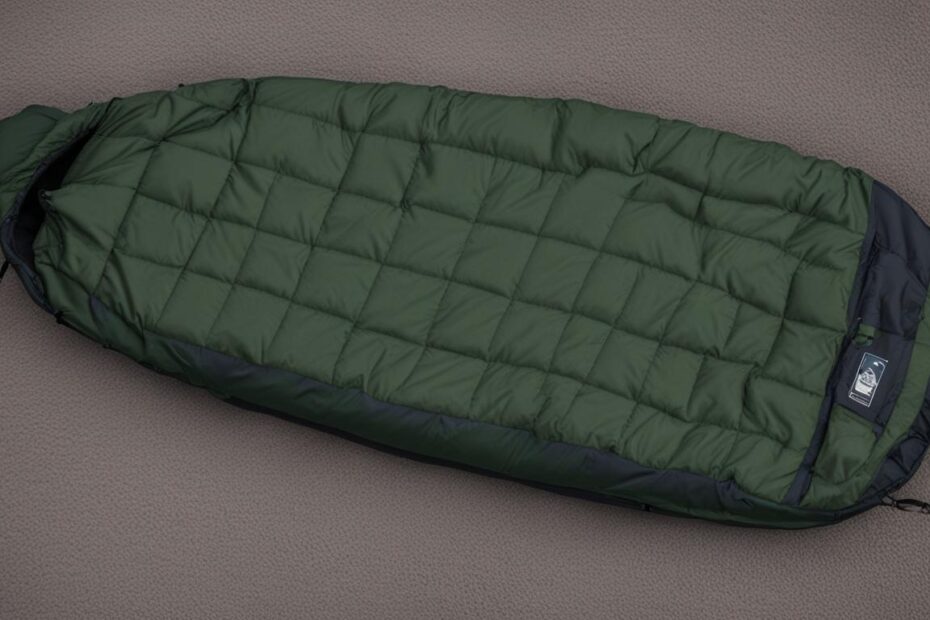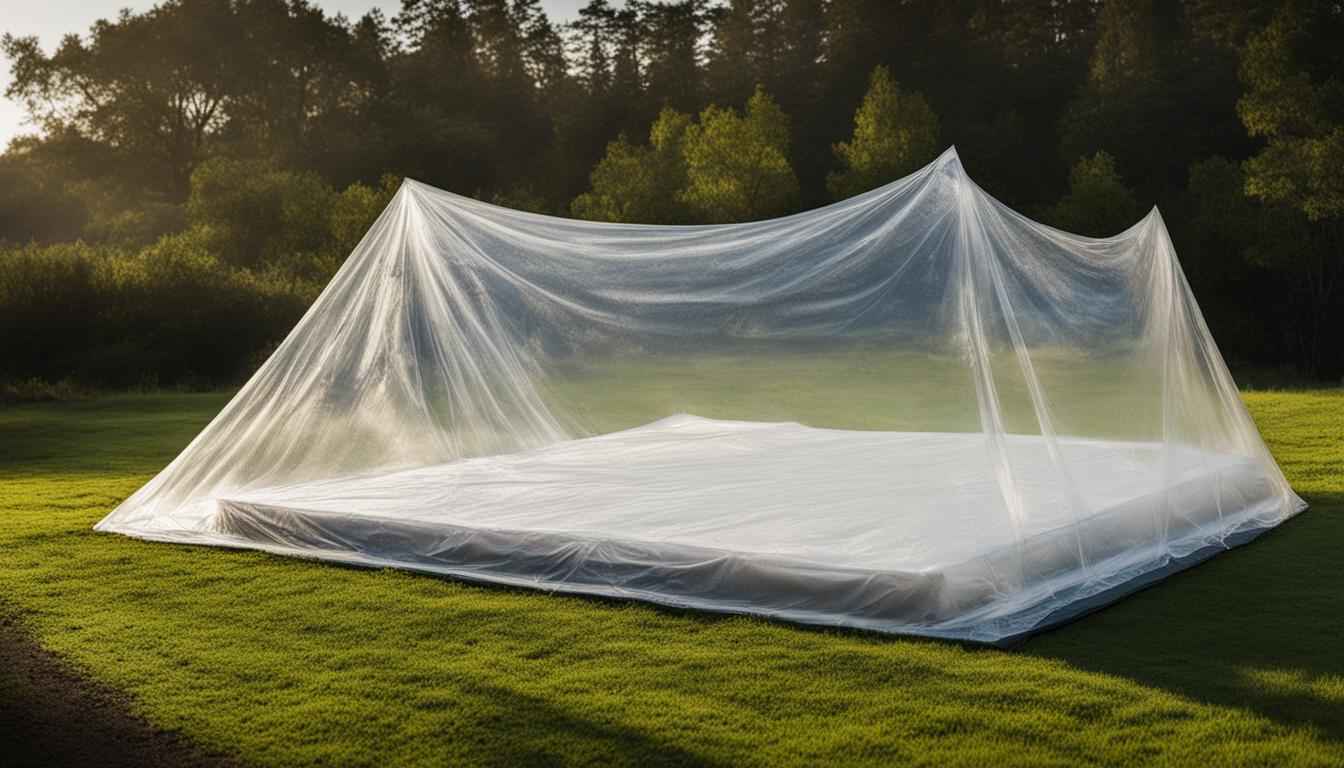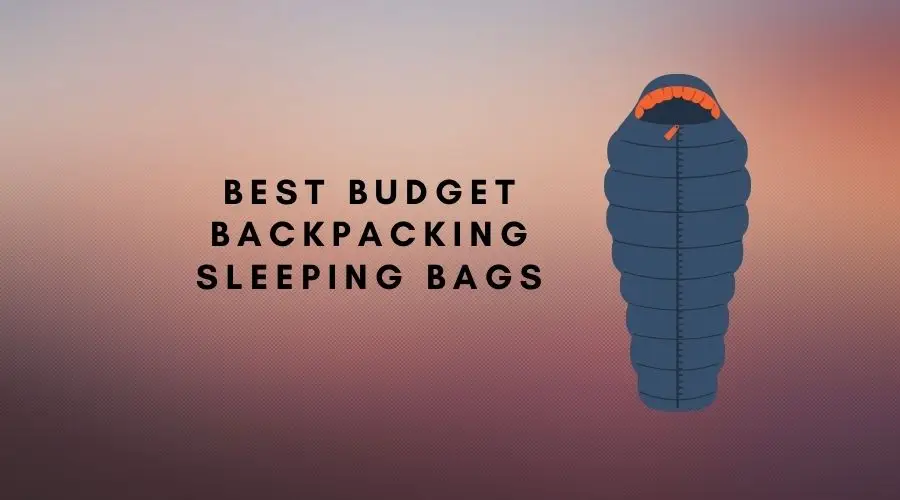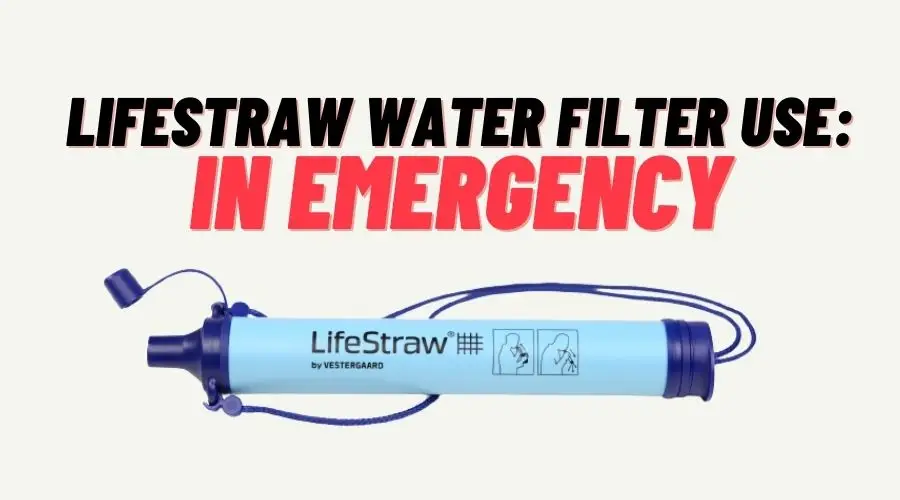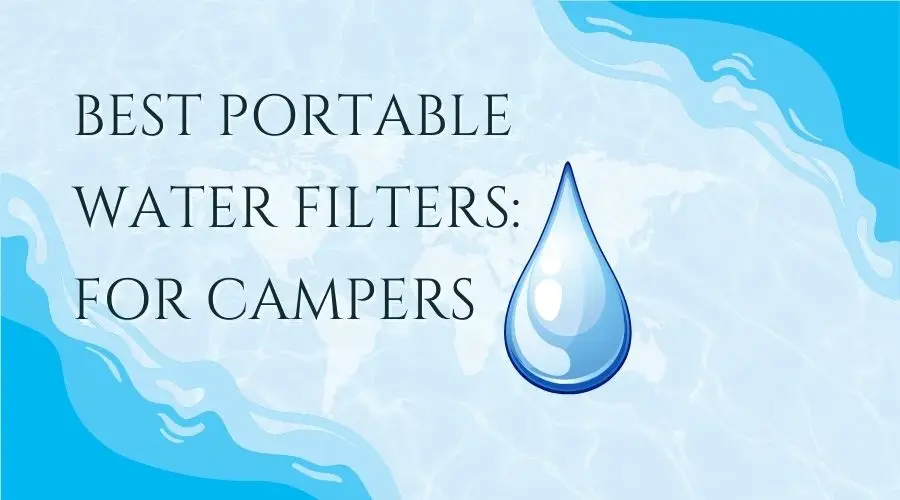When embarking on a backpacking adventure, one of the most important decisions you’ll make is choosing the right sleeping bag. Your comfort and restfulness during your outdoor experience depend on it. But with so many options available, how do you make the best choice?
Don’t worry, we’ve got you covered! In this guide, we’ll walk you through everything you need to know about choosing a sleeping bag for backpacking. From temperature ratings and insulation types to weight and packability, we’ll cover it all. So let’s dive in and find the perfect sleeping bag for your next adventure!
Key Takeaways:
- Choosing the right sleeping bag is crucial for a comfortable backpacking adventure.
- Consider factors like temperature ratings, insulation type, weight, packability, and sizing and fit.
- Temperature ratings indicate the comfort level of a sleeping bag and vary based on various factors.
- Decide between down fill and synthetic fill based on warmth, packability, cost, and ethical considerations.
- Weight and packability are important factors, with options like ultralight bags available.
Temperature Ratings and Warmth
When it comes to choosing a sleeping bag for your backpacking adventure, understanding temperature ratings and warmth is essential. Temperature ratings indicate the temperature at which the average sleeper will feel comfortable in a particular sleeping bag. Most bags have two temperature ratings: comfort and lower limit. The comfort rating indicates the temperature at which an average sleeper will feel comfortably warm, while the lower limit rating indicates the lowest temperature at which a male sleeper can remain for eight hours without waking up due to cold. It’s important to note that these ratings are subjective and can vary based on several factors.
The factors affecting comfort vary from person to person and can include factors such as body composition, metabolism, and individual sleep preferences. Additionally, the size of the sleeping bag, the insulation provided by the sleeping pad used, and even personal clothing choices can impact the overall warmth experienced. It’s worth considering that women generally tend to feel colder than men, so if you’re a woman planning a backpacking adventure, you might want to choose a sleeping bag with a slightly lower temperature rating than what you would typically require.
It’s worth noting that different manufacturers may use different rating systems, making it challenging to compare sleeping bags directly. Some manufacturers use the ISO (International Organization for Standardization) rating system, which provides a standard methodology for temperature testing and rating. However, others may have their own proprietary rating systems. Therefore, it’s important to thoroughly research the temperature ratings of the specific sleeping bags you are considering and understand how they align with your own comfort needs and the expected weather conditions during your backpacking trip.
| Temperature Rating | Description |
|---|---|
| Comfort Rating | The temperature at which an average sleeper will feel comfortably warm. |
| Lower Limit Rating | The lowest temperature at which a male sleeper can remain for eight hours without waking up due to cold. |
| Factors Affecting Comfort | Body composition, metabolism, sleep preferences, sleeping bag size, insulation provided by sleeping pad, and clothing choices. |
| Women’s Considerations | Women generally tend to feel colder, so a slightly lower temperature rating may be needed. |
| Manufacturer Rating Systems | Different manufacturers may use various rating systems, including ISO (International Organization for Standardization) or proprietary systems. |
Down vs. Synthetic Fill
When choosing a sleeping bag for your backpacking adventure, one of the key decisions you’ll need to make is whether to opt for down fill or synthetic fill. Each type of insulation offers its own advantages and considerations to keep in mind.
Down fill is renowned for its exceptional warmth-to-weight ratio, providing excellent insulation in cold conditions. It is highly compressible, allowing you to pack it down into a smaller size for easier transport. However, it’s important to note that down loses its ability to insulate when wet, which can be a significant drawback if you anticipate encountering damp conditions during your trip. Additionally, down fill tends to be more expensive than synthetic alternatives.
Synthetic fill, on the other hand, retains its insulation properties even when wet, making it a more suitable choice for humid or wet environments. It is typically more affordable than down fill, making it an attractive option for backpackers on a budget. Additionally, synthetic fill can be made from recycled materials, offering an environmentally friendly choice. However, synthetic insulation generally has a lower warmth-to-weight ratio compared to down fill, meaning you may need a bulkier bag to achieve the same level of warmth.
Comparing Down and Synthetic Fill
To help you understand the differences between down and synthetic fill, here’s a comparison table:
| Factor | Down Fill | Synthetic Fill |
|---|---|---|
| Warmth | Excellent insulation, especially in cold conditions | Retains insulation when wet |
| Packability | Highly compressible, packs down small | Bulkier, requires more space |
| Cost | Generally more expensive | More affordable |
| Ethical Sourcing | Options for responsibly sourced down | Can be made from recycled materials |
By considering these factors and weighing the pros and cons of each type of fill, you can make an informed decision based on your specific needs and preferences. Whether you prioritize lightweight warmth or insulation in wet conditions, there is a sleeping bag option that will suit your backpacking adventure.
Weight and Packability
Weight and packability are critical factors to consider when choosing a sleeping bag for your backpacking adventure. The weight of your sleeping bag can significantly impact your overall comfort and ease of carrying your gear. Ultralight bags, designed specifically for backpackers, offer a lightweight option for those who prioritize weight savings. These bags are made from lightweight materials and often have a minimalist design to reduce unnecessary bulk.
One key factor that affects weight and packability is the fill power of the insulation material used in the sleeping bag. Fill power refers to the loft or fluffiness of the insulation, and a higher fill power generally indicates better insulation performance. Sleeping bags with higher fill power down insulation are typically lighter and more compressible, making them ideal for backpacking trips where space and weight are at a premium.
Another factor to consider is the shell denier, which refers to the thickness and durability of the outer fabric of the sleeping bag. A lower denier indicates a thinner fabric, which can help reduce weight but may sacrifice durability. Conversely, a higher denier fabric offers increased durability at the expense of added weight.
| Factor | Impact |
|---|---|
| Fill Power | Higher fill power = lighter and more compressible |
| Shell Denier | Lower denier = lighter but less durable |
It’s important to strike a balance between weight, packability, and durability based on your specific needs and preferences. While ultralight bags offer significant weight savings, they may have tradeoffs in terms of durability and additional features. Consider the demands of your backpacking trip and prioritize the factors that are most important to you.
Conclusion
When it comes to backpacking, choosing the right sleeping bag is crucial for a comfortable and restful experience. With various factors to consider, such as temperature ratings, insulation type, weight and packability, shape, and sizing and fit, the selection process may seem overwhelming. However, by carefully evaluating these factors and understanding your specific needs, you can find the perfect sleeping bag for your backpacking adventure.
Temperature ratings are important in determining the comfort levels of a sleeping bag. Consider both the comfort and lower limit ratings to ensure adequate warmth in different conditions. Additionally, think about the insulation type, whether down or synthetic fill, which have their own advantages and tradeoffs. Keep in mind that weight and packability are crucial for backpacking trips, so choose a bag that strikes the right balance between lightweight design and durability.
The shape and fit of the sleeping bag also play a significant role in comfort. Mummy bags are popular for backpacking due to their ability to maximize warmth and minimize weight. However, rectangular bags provide more room for movement. Try out different shapes and sizes to find the one that suits your sleeping style and preferences.
Choosing the right sleeping bag is an important decision for your backpacking adventure. It is a key piece of backpacking gear that should be carefully considered alongside other camping equipment. By prioritizing your comfort and restfulness, you can ensure a good night’s sleep in the great outdoors.
FAQ
What factors should I consider when choosing a sleeping bag for backpacking?
When choosing a sleeping bag for backpacking, factors to consider include temperature ratings, insulation type, weight and packability, shape, and sizing and fit.
What do temperature ratings indicate and how should I interpret them?
Temperature ratings indicate the temperature at which the average sleeper will feel comfortable. It is important to keep in mind that these ratings are subjective and can vary based on factors such as bag size, sleeping pad R-value, and personal sleeping preferences. It is recommended to choose a bag with a slightly lower temperature rating for added assurance in colder temperatures.
What is the difference between down fill and synthetic fill?
Down fill offers remarkable warmth, low weight, and packability. However, it loses its insulation properties when wet and can be more expensive. Synthetic fill retains insulation when wet and is more affordable.
How important is weight and packability in a sleeping bag for backpacking?
Weight and packability are vital considerations for backpacking trips. Lighter bags are typically preferred to reduce the overall weight carried. Factors that contribute to weight and packability include fill power, shell denier, and bag shape.
What are the different shapes of sleeping bags and which one should I choose?
The shape of a sleeping bag plays a role in weight, packability, and comfort. Mummy bags are tapered to maximize warmth and minimize weight, making them popular for backpacking. Rectangular bags offer more space to move around but may be heavier. It is important to consider your sleeping style and preference when choosing the shape.
How can I ensure the right fit for a sleeping bag?
Sizing and fit are crucial when choosing a sleeping bag. Trying on different bags at a gear shop can help ensure the right fit. There are various options available for both men and women.
